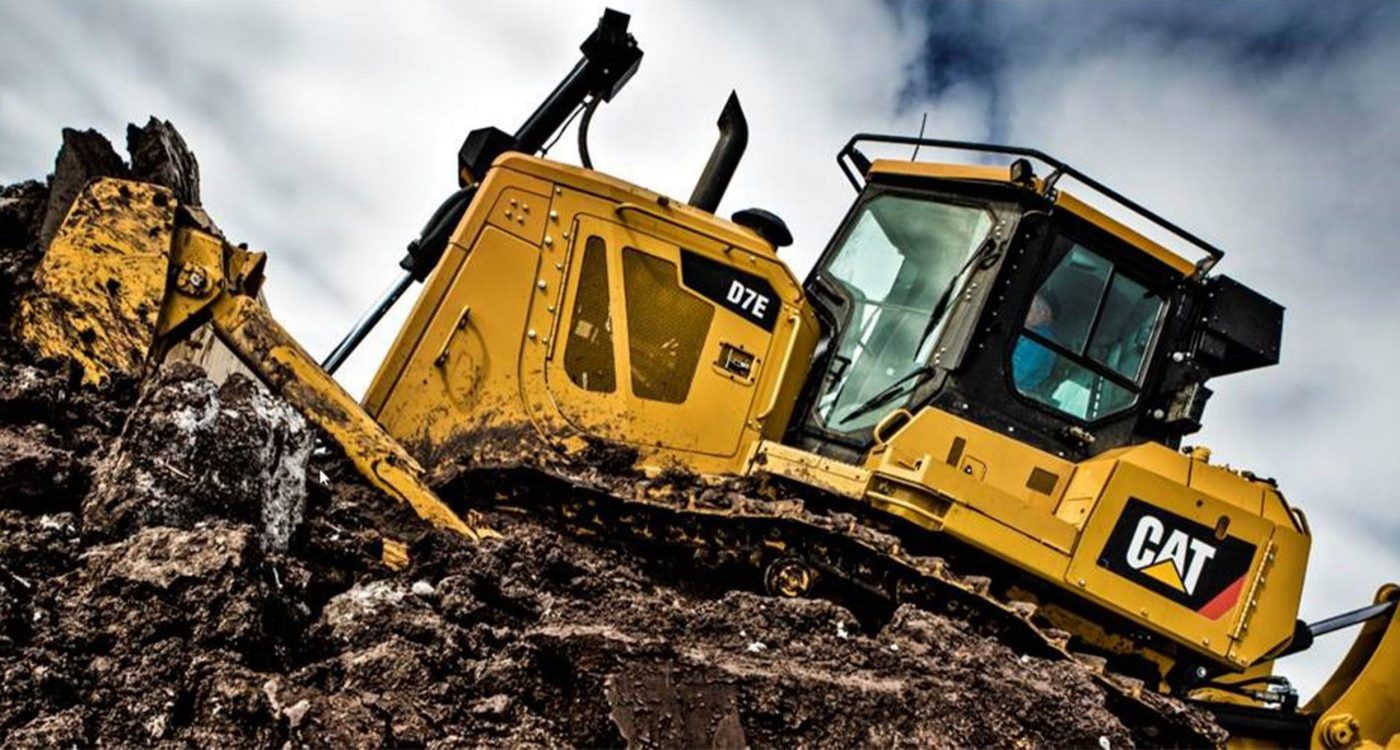YETRAC
Caterpillar Inc. – A Legacy of Innovation, Heavy Equipment Leadership
Caterpillar Inc. – A Legacy of Innovation, Heavy Equipment Leadership
Caterpillar Inc., often referred to as CAT Inc., is a global behemoth in the world of heavy equipment manufacturing. Renowned for producing a diverse array of machinery vital to construction, mining, and engineering sectors, Caterpillar has left an indelible mark on these industries. With its extensive history, continuous innovation, and relentless commitment to quality, Caterpillar Inc. has grown to be a world leader in the realm of heavy equipment.
Origins and Historic Significance:
The inception of Caterpillar Inc. can be traced back to a monumental merger in 1925 when the Holt Manufacturing Company and the C. L. Best Tractor Company united. This merger created a novel entity known as Caterpillar Tractor Company, which was established in California. Interestingly, it was during this time that the moniker “Caterpillar” was coined, stemming from a visual analogy. As the company photographer, Charles Clements, observed the tracked vehicle’s motion, he remarked that it resembled that of a caterpillar. This fortuitous remark led to the adoption of the iconic brand name, one that has become synonymous with heavy equipment excellence.
Pivotal Role in World War I
Caterpillar’s involvement in World War I marked the beginning of its influential journey. Even before the United States formally entered the war, Caterpillar dispatched an impressive 1,200 tractors to England, France, and Russia. Initially intended for agricultural use, these tractors were swiftly repurposed by the military for hauling artillery and essential supplies at the battlefront. The significance of Caterpillar tractors extended even further; they were instrumental in inspiring the development of British tanks, profoundly altering ground warfare tactics. Major Ernest Swinton, an army war correspondent, recognized the transformative potential of these tracked vehicles, and their impact on the evolution of military technology cannot be understated.
Navigating Postwar Challenges
The transition from wartime to peacetime presented its own set of challenges. The heavy-duty tractors that were instrumental during the war were ill-suited for civilian purposes. Moreover, when the military returned the wartime inventory, it drove down prices for new equipment. This transition occurred in the backdrop of a nationwide economic depression, further hindering sales. While Caterpillar grappled with these challenges, its primary competitor, C. L. Best Gas Tractor Company, had managed to secure government support during the war. This support enabled Best to cater to the postwar needs of farmers with smaller agricultural tractors, consequently gaining a substantial market advantage.
Formation of Caterpillar Inc.
The year 1925 witnessed the formation of Caterpillar Inc., a result of the merger between C. L. Best and Holt Caterpillar. The newly-formed company rationalized its product lines and introduced a focused range of track-type tractors. Among these tractors were the 2 Ton, 5 Ton, and 10 Ton models, inherited from Holt Manufacturing Company, and the Caterpillar 30 and Caterpillar 60 models from C. L. Best Tractor Co.’s catalog. Caterpillar swiftly capitalized on the opportunity presented by the Federal Aid Highway Act of 1921, which allocated substantial funds for highway construction in the United States. This strategic shift, coupled with the adoption of diesel engines, positioned the company for remarkable growth.
Global Expansion and Modern Developments
Caterpillar’s journey into international markets began in 1950, marking its transformation into a multinational corporation. The company’s influence extended to developing markets, including Russia and China. Caterpillar’s commitment to quality and innovation has remained unwavering, and its product range has expanded to include a wide variety of heavy equipment, from excavators to motor graders. These machines bear the distinctive “Caterpillar Yellow” livery, a mark of reliability and durability. The company’s ongoing presence in developing markets underscores its enduring global impact.
Strategic Acquisitions and Continued Impact
Caterpillar Inc.’s growth story is marked not only by organic expansion but also by strategic acquisitions. These acquisitions have diversified the company’s product offerings and enhanced its capabilities. They have enabled Caterpillar to remain at the forefront of the heavy equipment industry, offering innovative solutions to a broad spectrum of customers across the world.
In conclusion, Caterpillar Inc. stands as a heavyweight in the heavy equipment industry, with an illustrious history dating back over a century. Its role in transforming military technology, facilitating postwar reconstruction, and serving as a global leader in heavy equipment manufacturing attests to its enduring legacy. Caterpillar’s unwavering dedication to quality, innovation, and global expansion has solidified its position as an emblem of excellence in the construction, mining, and engineering sectors. To discover more about Caterpillar Inc., visit their official website.

